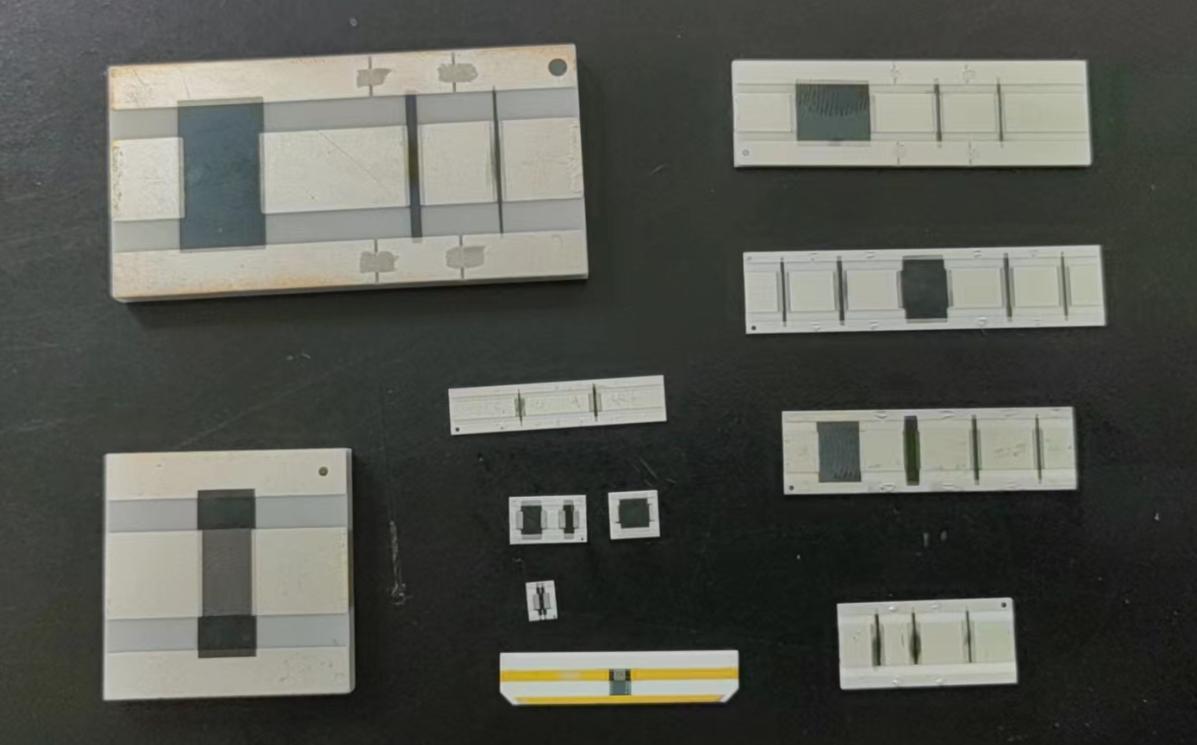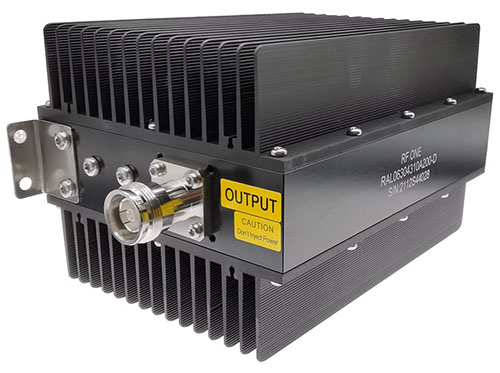How to Choose a Proper Fixed Attenuator
Fixed attenuators play a crucial role in various applications where signal levels need to be adjusted. An attenuator is an electronic device that reduces the amplitude of a signal without causing distortion. Fixed attenuators are designed to provide a set amount of attenuation and are often used in conjunction with other devices to achieve specific signal levels.
In this article, we will discuss how to choose a proper fixed attenuator for your application. We will cover the basics of what a fixed attenuator is, how it works and what factors to consider when choosing the right one for your needs.
What is a Fixed Attenuator?
As the name suggests, fixed attenuators have a fixed attenuation level, which means that they reduce the signal level by a specific amount, for example, 10dB. They are most commonly used in signal level matching in RF communication systems.
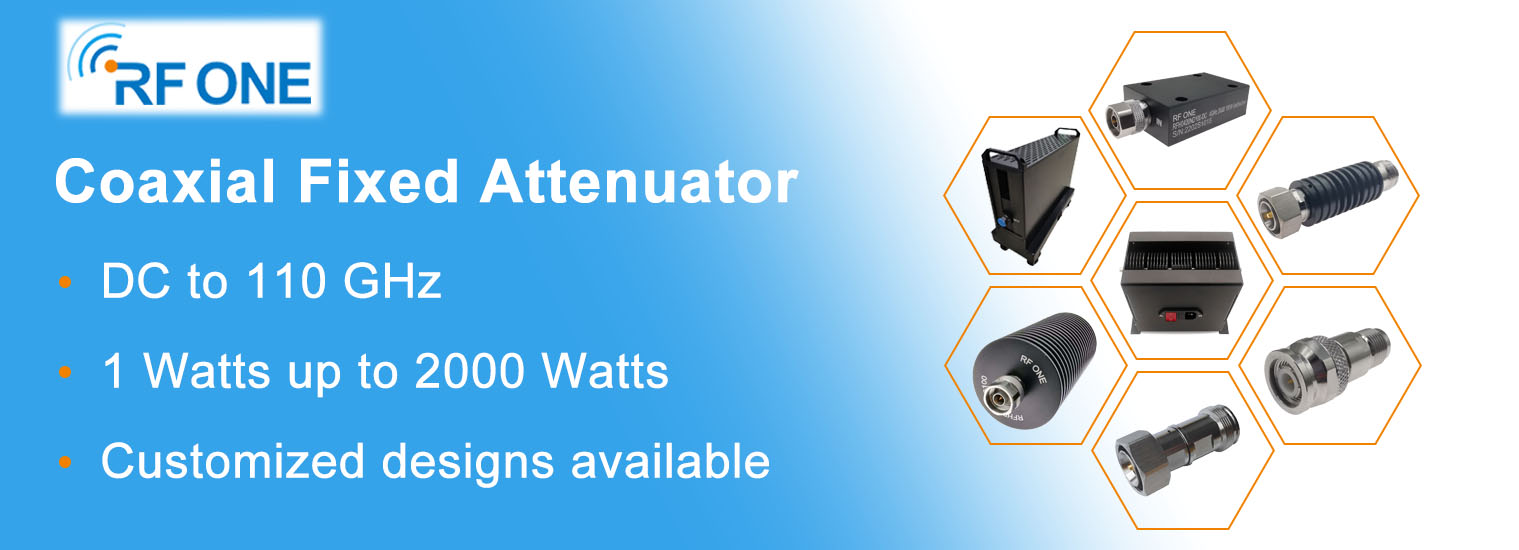
RF ONE Coaxial Fixed Attenuators
How Does a Fixed Attenuator Work?
Fixed attenuators work by dissipating a portion of the signal energy in the form of heat. A fixed attenuator is essentially a resistor network that provides a fixed loss between the input and output ports. When a signal is applied to the input port, it passes through the attenuator’s resistor network, which reduces the amplitude of the signal and then transmits it to the output port.
Factors to Consider When Choosing a Fixed Attenuator
When choosing a fixed attenuator, there are several factors to consider, including attenuation value, frequency range, power handling capacity and connector type.
1. Frequency Range
The frequency range is the range of frequencies over which the attenuator can operate effectively. It is important to choose an attenuator with a frequency range that covers the frequencies of your signal. If the frequency range of the attenuator is too narrow, it may not work effectively, resulting in signal distortion or loss.
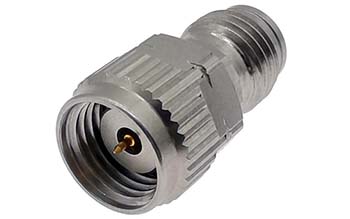
RF ONE 1.85mm Attenuator, Frequency Range DC to 67GHz
2. Attenuation Value
The attenuation value is the amount of signal power that the attenuator will reduce. It is measured in decibels (dB). The most common attenuation values for fixed attenuators are 3 dB, 6 dB, 10 dB, 20 dB, and 30 dB. The attenuation value you choose will depend on the specific needs of your application.

RF ONE 5 Watt 2.4mm Attenuators in 3dB, 6dB, 10dB, 20dB, 30dB
3. Attenuation Accuracy
Attenuator accuracy is the difference between the measured attenuation and the ideal attenuation. The attenuation of an attenuator over the entire frequency range is not a constant, but varies with frequency. The attenuation accuracy from RF ONE attenuators has reached the industry-leading level. For example, the following figure shows typical attenuation accuracy performance of RF ONE 2.4mm 2 Watts 20dB attenuator.

Typical Performance of RF ONE 2.4mm 2 Watts 20dB Attenuator
4. VSWR
Attenuators are often used to lower the amplitude of a signal to a measurable level or to protect a measurement instrument from damage. Attenuators are also used to improve matching between components by improving the return loss and effectively reducing the VSWR seen by adjacent components. So VSWR is surely one of key attenuator parameters.

Typical VSWR Performance of RF ONE 1.85mm 2 Watts Attenuator
5. Power Handling Capacity
The power handling capacity is the maximum amount of power that can be added to the input of the attenuator without damage or distortion. In best practice, it is recommended to choose one with a higher power handling capability than your required power. It is good to have an attenuator with better heat dissipation if the application requires handling high power, especially in hot environments.
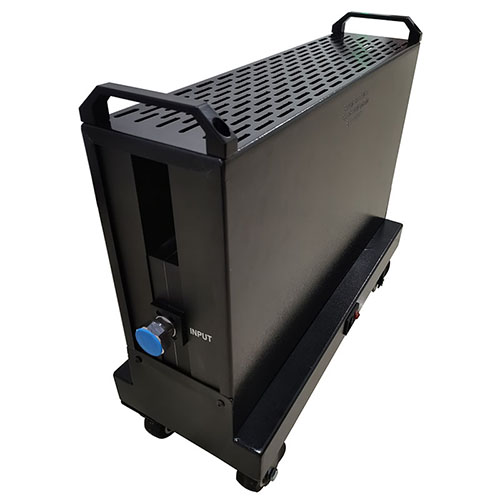
RF ONE 2000 Watts High Power Attenuator
6. Low Passive Intermodulation (PIM)
In RF communication systems, low passive intermodulation (PIM) is critical for maintaining reliable and high-quality signal strength. PIM describes the unwanted mixing of different frequencies that can disrupt signal performance, causing interference and reducing the overall quality of the signal. RF ONE provides a range of low PIM attenuators, offering guaranteed leading PIM performance of -160 dBC in connectors of N type, 4.3-10, and 7/16 DIN, covering power rates of 25 W, 50 W, 100 W, 200 W, to suit different applications and budgets.
Conclusion
Fixed attenuators are essential components in many electronic systems where signal levels need to be adjusted. When choosing a fixed attenuator, it is important to consider factors such as attenuation value, frequency range, power handling capacity, and connector type. By understanding these factors, you can choose the right attenuator for your specific needs, ensuring optimal performance of your system.
RF ONE has been dedicated to the design and manufacturing of RF attenuators since 2002. We offers a variety of microwave fixed attenuators with frequency ranges from DC to 110 GHz with power handling to 2,000 Watts. Our series of coaxial attenuators are available in 1.0mm, 1.85mm, 2.2-5, 2.4mm, 2.92mm, SMA, SMP, N type, TNC, BNC, 7/16 DIN, 4.3-10 and QMA connectors. If you have any needs for RF attenuators, please visit www.rfone.cn or contact us via sales@rfone.cn.
- October 2025
- September 2025
- July 2025
- May 2025
- March 2025
- January 2025
- December 2024
- November 2024
- October 2024
- July 2024
- June 2024
- May 2024
- January 2024
- October 2023
- August 2023
- July 2023
- June 2023
- May 2023
- April 2023
- March 2023
- February 2023
- January 2023
- December 2022
- November 2022
- October 2022
- September 2022
- August 2022
- July 2022
- June 2022
- May 2022
- April 2022
- March 2022
- February 2022
- January 2022
- September 2021
- March 2021
- January 2021
- September 2020
- April 2020
- March 2020
- January 2020
- November 2019
- July 2019
- June 2019
- July 2018
- April 2018
- March 2018
- April 2017
- February 2016
- November 2015
- July 2015
- September 2014
- April 2014

